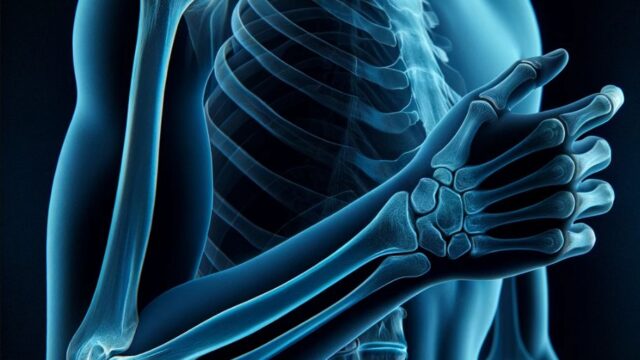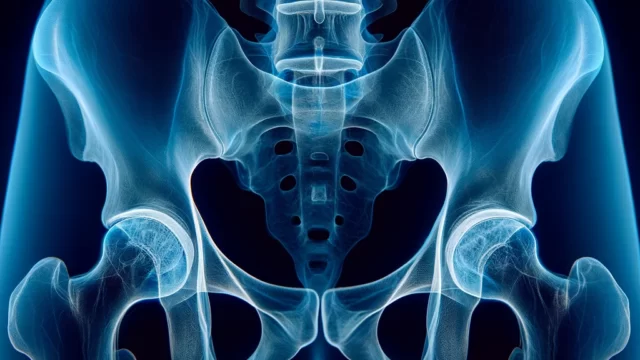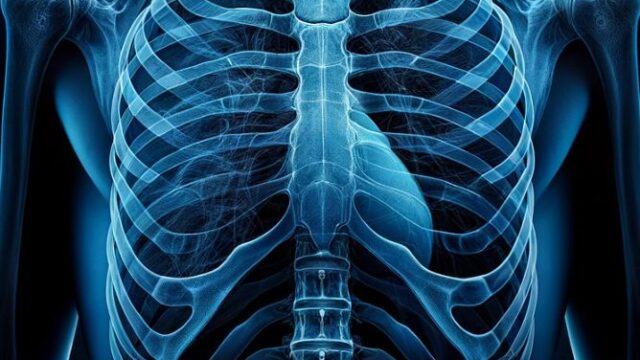Purpose
Project the sternum onto the cardiac shadow and observe.
Prior confirmation
Confirm whether the patient has a lean or obese body type. In the case of an obese body type, it is necessary to decrease body and tube rotation.
Remove any objects that may act as obstacles, such as necklaces, buttons, etc.
Positioning
Position the patient in an upright or prone position (supine position may be used in emergency situations).
Align the center of the sternum body (inferior border of the scapula) with the center of the cassette.
Align the longitudinal axis of the sternum with the longitudinal axis of the cassette.
RAO : Positioning, tilt the coronal plane at an oblique angle of 15-25° with respect to the cassette.
PA : The coronal plane parallel to the cassette.
AP : Place the patient in a supine position with the coronal plane parallel to the cassette. Determine the position of the cassette by observing the projected shadows within the exposure field.
CR, distance, field size
CR :
RAO : Direct the central ray perpendicular to the center of the cassette (at the level of the inferior border of the scapula, approximately 3-5cm far from the thoracic vertebrae).
PA : Obliquely angle the central ray at 15-25° in the RAO direction, with the center of the sternum as the exit point.
AP : Obliquely angle the central ray at 15-25° in the LPO direction, with the center of the sternum as the entrance point.
Distance : 100cm
Field size : Prior to positioning, narrow down the irradiation field to include the sternum and minimize scatter radiation, which greatly affects visibility.
Exposure condition
70kV / 16mAs
Grid ( + )
When performing projection in oblique angles, pay attention to the direction of the grid lines.
Method 1 : Suspend respiration at the end of expiration.
Method 2 : Perform the exposure during the breath (> 3s) to blur the visibility of blood vessels. This technique is effective in the supine position where the movement of the sternum itself is minimal during breathing.
Image, check-point
Normal (Radiopaedia)
The irradiation field is narrowed down to include the range from the sternal body to the xiphoid process.
The sternum is projected with superimposition over the heart shadow.
There is no motion blur.
The affected area is visualized with appropriate contrast and tolerance.
The sternum is projected at a suitable distance from the thoracic vertebrae (not too far apart).
Videos
Related materials
How much body and tube rotation is required?
| Depth of thorax (cm) | Amount of rotation or CR angulatioin ( ° ) |
| 15 | 22 |
| 18 | 20 |
| 21 | 18 |
| 24 | 16 |
| 27 | 14 |
| 30 | 12 |
Judging from the positional relationship between the sternum body and the fingers placed against the thoracic vertebrae can also be helpful.


















